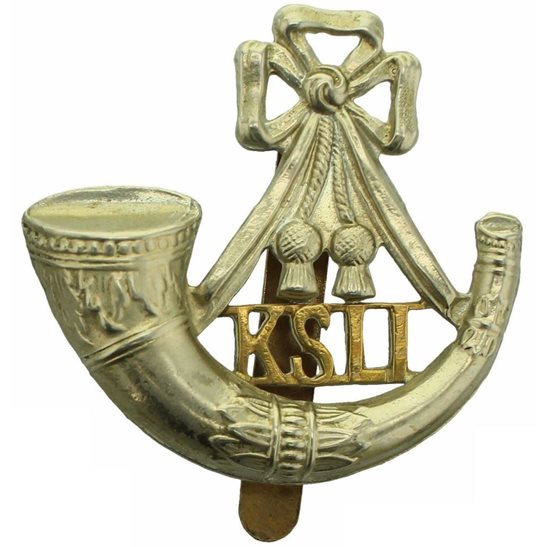Personal Details
Born: 22 January 1883 in Whitchurch, Shropshire. This birth date comes from the 1939 Register; the civil birth registration was in the first quarter 1885. Also known by the surname Hales.
Family: He was the second of four children of Walter Hayles, a house painter, and his wife Emily. He married Annie Sumner in 1915; no children can be found for the marriage.
Residence: He was living with his grandparents in Grindley Brook, Whitchurch in 1891. In 1901 the family was together living at 2 Groom’s Yard, Whitchurch. In 1919 his address is given as 21 Liverpool Road and in 1939 it was 11 Liverpool Road.
Employment: The 1939 register showed him as a general labourer.
Died: In 1964 in Whitchurch, aged 79.
Military Details
Regiment: King’s Shropshire Light Infantry
Rank: Private
Service Number: 23765
Date of Enlistment: Not known
Date of Discharge: Not known
Reason for Discharge: Not known
Thomas was awarded the Campaign Medals (British War Medal and Victory Medal).

The British War Medal (also known as 'Squeak') was a silver or bronze medal awarded to officers and men of the British and Imperial Forces who either entered a theatre of war or entered service overseas between 5th August 1914 and 11th November 1918 inclusive. This was later extended to services in Russia, Siberia and some other areas in 1919 and 1920. Approximately 6.5 million British War Medals were issued. Approximately 6.4 million of these were the silver versions of this medal. Around 110,000 of a bronze version were issued mainly to Chinese, Maltese and Indian Labour Corps. The front (obv or obverse) of the medal depicts the head of George V. The recipient's service number, rank, name and unit was impressed on the rim.
The Allied Victory Medal (also known as 'Wilfred') was issued by each of the allies. It was decided that each of the allies should each issue their own bronze victory medal with a similar design, similar equivalent wording and identical ribbon. The British medal was designed by W. McMillan. The front depicts a winged classical figure representing victory. Approximately 5.7 million victory medals were issued. Interestingly, eligibility for this medal was more restrictive and not everyone who received the British War Medal ('Squeak') also received the Victory Medal ('Wilfred'). However, in general, all recipients of 'Wilfred' also received 'Squeak' and all recipients of The 1914 Star or The 1914/1915 Star (also known as 'Pip') also received both 'Squeak' and 'Wilfred'. The recipient's service number, rank, name and unit was impressed on the rim.

